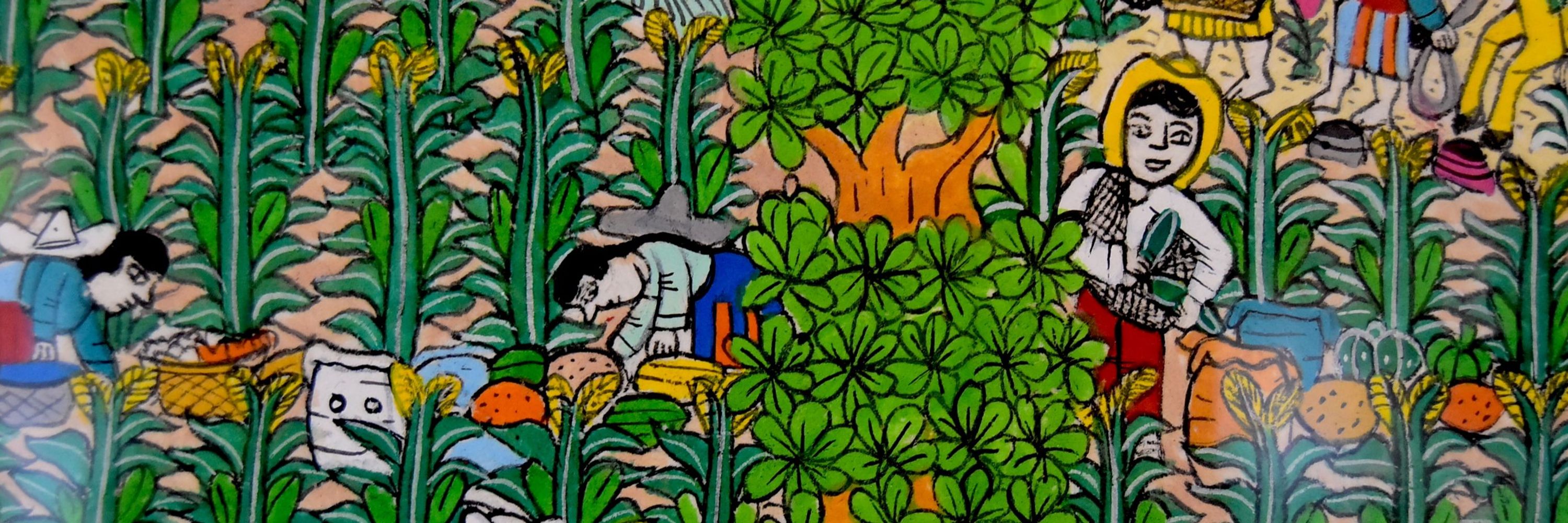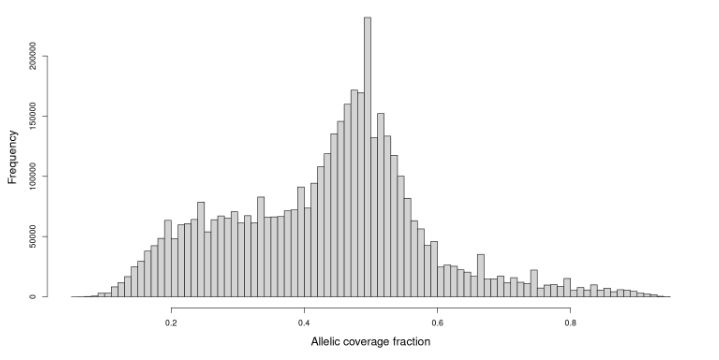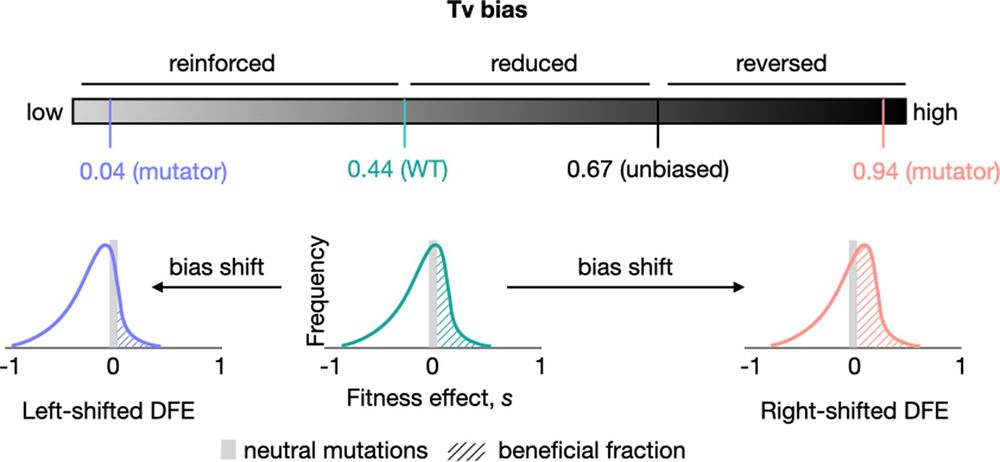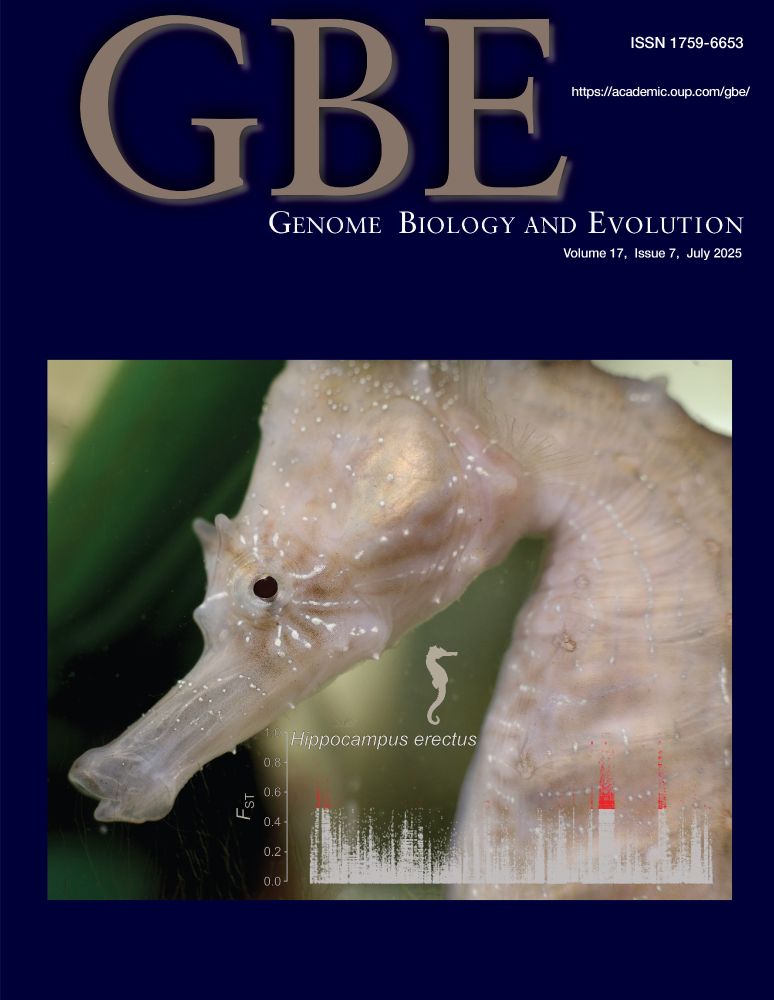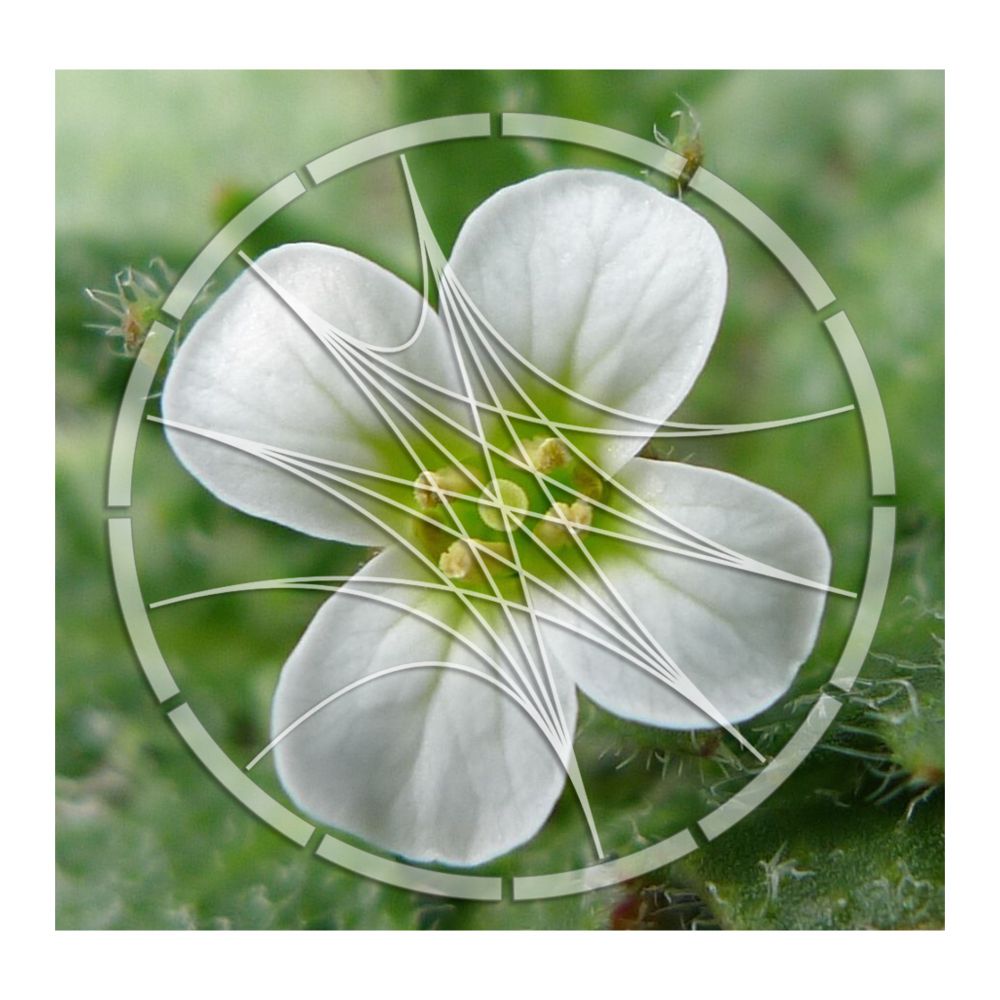Maud Tenaillon
@maudtenaillon.bsky.social
520 followers
230 following
11 posts
Eco-evo geneticist with special interest on human-plant interactions. @CNRS @Paris-Saclay. Mom in Science.
Posts
Media
Videos
Starter Packs
Reposted by Maud Tenaillon
Reposted by Maud Tenaillon
Reposted by Maud Tenaillon
Reposted by Maud Tenaillon
Reposted by Maud Tenaillon
Reposted by Maud Tenaillon
Reposted by Maud Tenaillon
José Cerca
@naturalselection.bsky.social
· Aug 21

Chromosomal Inversions Mediated by Tandem Insertions of Transposable Elements
Abstract. Chromosomal inversions play a crucial role in evolution by influencing phenotypes through the linkage of coadapted alleles. While inversions have
academic.oup.com
Reposted by Maud Tenaillon
Reposted by Maud Tenaillon
Reposted by Maud Tenaillon
Reposted by Maud Tenaillon
Reposted by Maud Tenaillon
Reposted by Maud Tenaillon
Reposted by Maud Tenaillon
Reposted by Maud Tenaillon
Reposted by Maud Tenaillon
Reposted by Maud Tenaillon
Reposted by Maud Tenaillon
Reposted by Maud Tenaillon
Reposted by Maud Tenaillon
Reposted by Maud Tenaillon
Reposted by Maud Tenaillon
